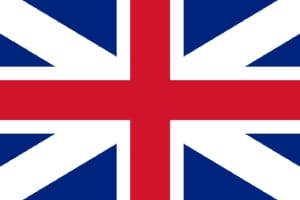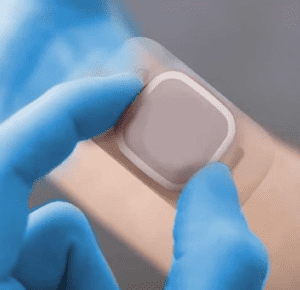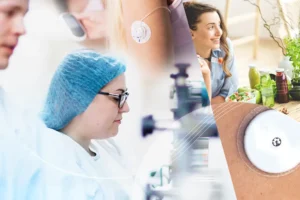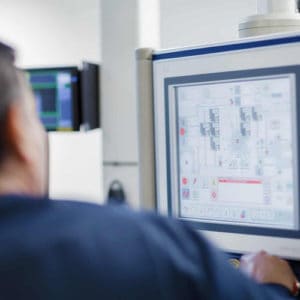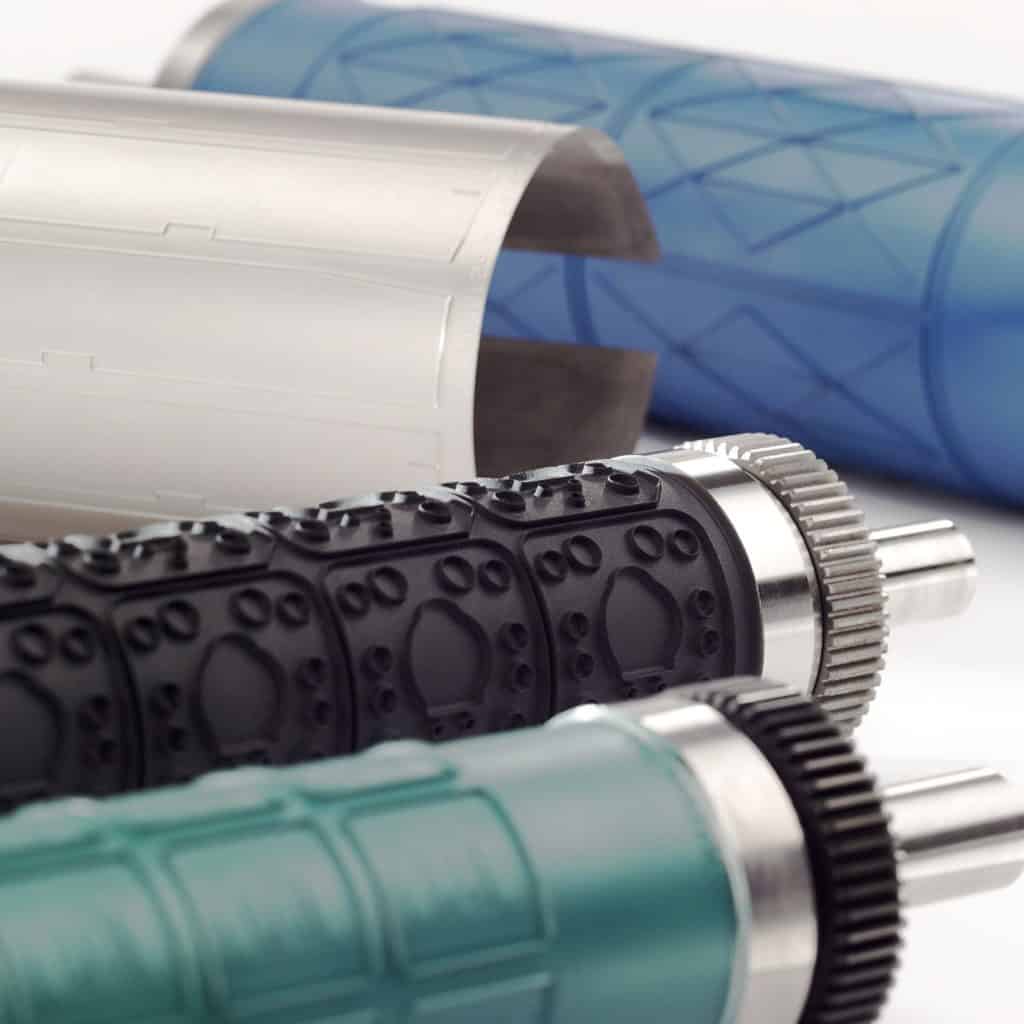Die cutting in medical conversion and manufacturing can enhance the quality of parts and production by providing better precision, minimising waste, creating consistency and improving safety. Die cutting also dramatically increases productivity by allowing for a quick setup, simple cleaning and the ability to cut multiple parts at one time in a matter of seconds.
In the medical supply industry, die cutting is used to mass produce bespoke flexible medical-grade items that are not possible with traditional manufacturing methods.
If you’re in the business of medical supplies, then die cutting is likely one of the processes you’ll use to create your products.
But what is die cutting, exactly? And what are the different types of medical die cutting?
In this blog post, we’ll answer those questions and provide a guide to Medical Die Cutting.
What is Die Cutting?
Die cutting is a broad term, but the act of die cutting generally refers to a process in which you use a die tool in a machine to cut or stamp out shapes to mass-produce cut-out shapes.
A die is a custom-made tool made from metal, wood, or plastic. The die tool is placed on top of the material and then fed through a press, which cuts the material into the desired size and shape.
Die cutting is a versatile way to create the same shape, with similar dimensions every time. It’s a quicker automated process that has the advantage of being able to mass-produce specific items quickly and efficiently and ensures consistency in your final product.
Die Cutting in Medical Converting and Manufacturing
Die cutting is used as a fabrication process in medical converting. It uses advanced specialised machines and tools to convert raw material into finished custom shapes and designs by cutting, forming, and shearing.
In the medical industry, die cutting is used to create various solutions, including:
Die-cutting is an essential part of medical device manufacturing and converting to create custom-shaped flexible medical-grade materials.
Custom Die Cutting Solutions
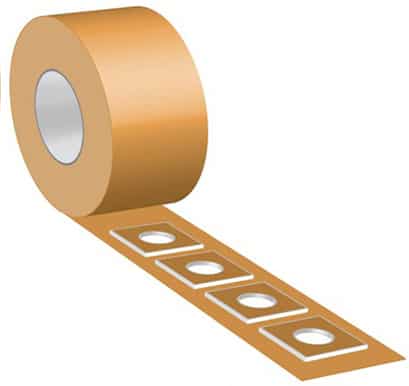
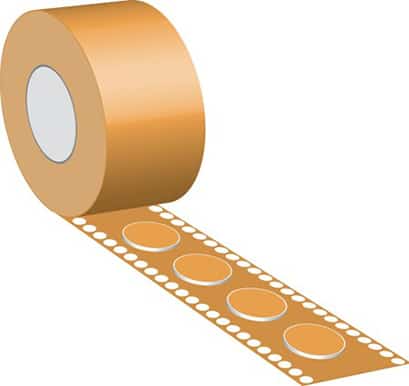
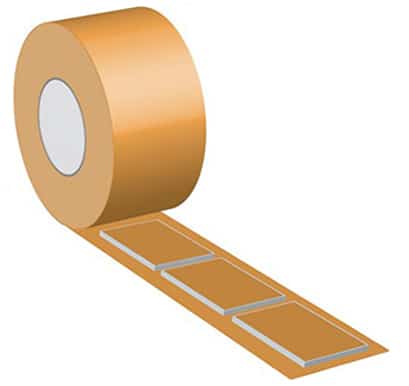
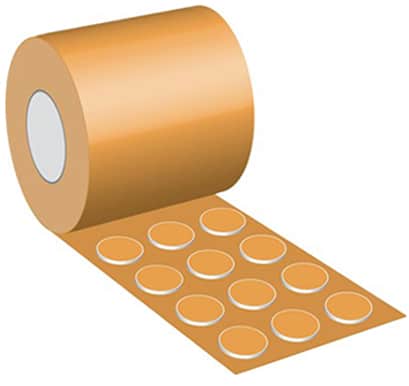
What are the Different Types of Die Cutting Machines?
Medical die cutting machines come in various shapes and sizes, each designed for a specific purpose and each with its own set of capabilities. The type of cutting required as well as the material to be cut will determine which die cutting machine and method should be used.
The two most traditional die cutting machines are:
- Flatbed Die Cutting Machine
- Rotary Die Cutting Machine
Let’s look at each machine’s capability.
Flatbed Die Cutting Machine
As its name implies, a flatbed die cutting machine has a hydraulic flatbed press which uses a steel rule die to “click cut” or punch out die-cut parts by driving the die in a downward motion to cut the material to the desired shape.
Rotary Die Cutting Machine
A rotary die cutting machine uses a cylindrical die, with blades around the entire cylinder, to cut shapes out of the material, moving in a circular motion. This efficient movement cuts out numerous identical shapes as it rotates.



Different Medical Die Cutting Methods
Medical die cutting of all types of self-adhesive and non-adhesive products used in numerous medical device applications is a major part of PolarSeal’s solutions.
There are a variety of different methods that can be used to perform medical die cutting, each with their own benefits and limitations. Essentially, the application requirements for the finished product determines the type of die cutting method most suitable for the part.
At PolarSeal, we utilise bespoke cutting methods to produce high-end and high performance components, for all types of self-adhesive and non-adhesive products. Contact us to discuss how our customised machines can accommodate your project.
We break down the most common types of medical die cutting methods below.
Compound Medical Die Cutting Method
Compound die cutting is a method that performs multiple cuts, punches, and bends in one stroke rather than multiple strokes. Compound die cutting involves using a die cutter with multiple cutting plates that are stacked on top of each other. This creates a cutting action that is similar to using several individual die cutters.
Punch Press Medical Die Cutting Method
Punch press medical die cutting is a method that uses a punch press set, which consists of a set of punches (male) and dies (female) which, when pressed together, form a hole in a material.
Kiss Cutting Medical Die Cutting Method
The kiss cutting method uses a die to cut through the top layer of material without cutting through the bottom layer.
Pull-Tabs and Extended Liners Medical Die Cutting Method
The pull-tabs and extended liners method uses a die to cut through the material and create tabs that can be used to pull the material apart.
Perforation Medical Die Cutting Method
The perforation die cutting method uses a die to only partially cut through the material and create small holes (perforation).
What is the Process of Medical Die Cutting?
Typically medical device manufacturers will outsource their medical converting requirements to experts who are highly experienced and can efficiently and cost effectively produce the final product.
The medical die cutting process will typically start with an investigation into the requirements of the final product and material selection.
Certain parameters will then need to be assessed such as the material and adhesive type, the material tolerance, volume, and the final presentation required.
Once these parameters have been assessed and the feasibility of producing the required die cut ascertained, the machine and tool type is selected and a sample is produced for approval.
Once a sample has been approved, the process can be scaled up to the required level.
The die cutting processes performed depend on specific methods and different applications to produce the desired outcome.

Medical Die Cutting Markets in Medical Converting
Medical die cutting is an important process in medical converting and the overall manufacturing of medical devices. PolarSeal offers die cutting for all flexible medical grade materials.
Learn more about our medical die cutting applications below:
Advanced Wound Care Solutions
PolarSeal is able to translate your designs from concept to reality with a very wide range of wound care solutions including complete device manufacture, material lamination, and medical contract packing.
Fixation Devices
PolarSeal’s design and production engineers have the resources and expertise to produce the most cost-effective fixation products for any application.
Wearable Medical Devices
PolarSeal has direct involvement across a variety of sectors within the wearable device industry, and can therefore provide the necessary skin-adhering patches.
Ostomy Components
PolarSeal manufactures and provides technical support for all primary and secondary ostomy components such as ostomy bag closure systems.
Diagnostic Device Production
PolarSeal has been actively involved in this fast-growing market sector from the start, and now plays a major role in the development and manufacture of new diagnostic test strips.
Consumer Healthcare Solutions
Hugely diverse applications are to be found in the consumer healthcare market sector and PolarSeal has the capabilities to meet any of these needs, finding cost-effective solutions for your niche product ranges.
Electro-Medical Solutions
PolarSeal’s self-adhesive electro-medical development provides secure, flexible and intelligent adhesive patches to affix electrodes and monitoring components to the skin.
Biomedical Materials
PolarSeal manufactures high performance products for use in the fast growing molecular technology industry such as microplate seals and laminations.
Wet Medical Device Solutions
PolarSeal is ISO13485 certified and FDA registered to ensure fluid-based wet medical devices are filled accurately and to the required standard.

Benefits and Limitations of Medical Die Cutting
As with any manufacturing process there are benefits and limitations to medical die cutting depending on the specific materials and applications chosen.
Benefits of Medical Die Cutting
Medical die cutting offers many benefits over traditional manufacturing methods such as the ability to mass-produce bespoke items quickly and efficiently. Some of these benefits are:
- Reduced Costs
Die cutting offers an affordable manufacturing option, especially when producing in bulk. The ability to cut multiple parts at one time will dramatically increase production efficiency which results in cost savings. Waste minimisation will also help reduce costs.
- Customisability
Die cutting also allows for highly customisable cuts. Custom shapes can be created in a simple process quickly and effectively. Die cutting is also suitable for a wide range of materials and applications making it very flexible. In fact some of the capabilities of die cutting are simply not possible through other techniques.
- Better Precision & Consistency
Die cutting offers high precision cutting and high levels of batch-to-batch consistency. This is very important for customer satisfaction and when seeking regulatory approval for products.
- Faster Production
The ability with die cutting to combine several actions (such as a cut, punch and fold) into one step as well as being able to rapidly repeat these steps all result in more efficient and faster production.
Limitations of Medical Die Cutting
Although medical die cutting has many benefits, there are some limitations to using this method:
- Expensive to Set Up
Die cutting can be expensive, and it requires special equipment that may not be available to all businesses. This is why it is generally advisable to outsource your die cutting requirements.
- Maximum cutting Size
There are limitations to the size of material the machines cut. The maximum width per machine are:
- Flatbed = maximum die cut size: 250mm x 200mm
- Rotary = maximum die cut size: 350mm x 500mm
- Large Format = maximum die cut size: 1600mm x 800mm
Contact us for our machine specifications.

Die Cutting & Medical Converting Contract Manufacturer
At PolarSeal, we consult with all of our clients and leverage our research and development capabilities to generate distinctive value through new, improved products and innovative ways to reduce costs.
PolarSeal’s variety of die cutting techniques and methods can be optimized to suit your application and production volume, resulting in cost savings and improved efficiency.
Contact us today to discuss your requirements and see how we can help you improve your product quality and increase your production efficiency, from ordering tools through to R&D of bespoke processes to achieve tightest tolerances.
